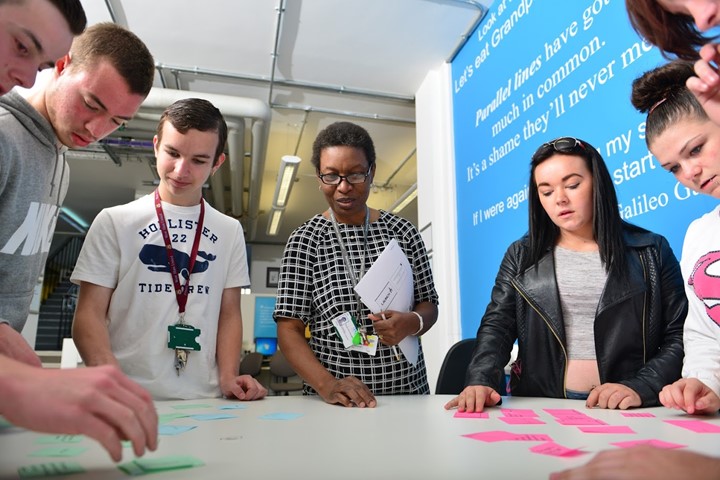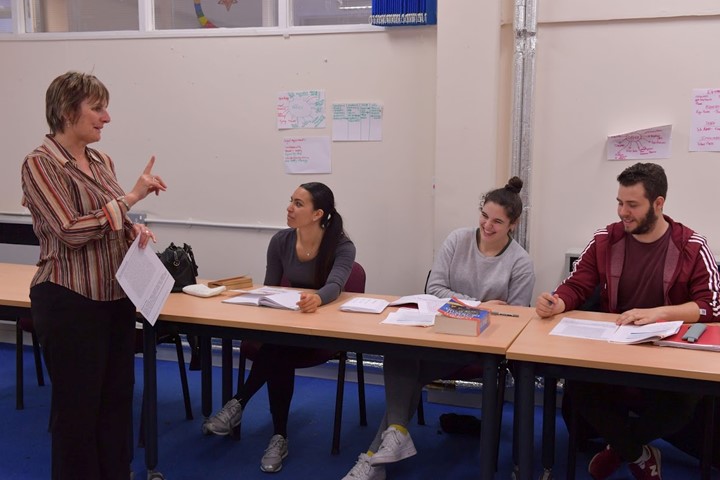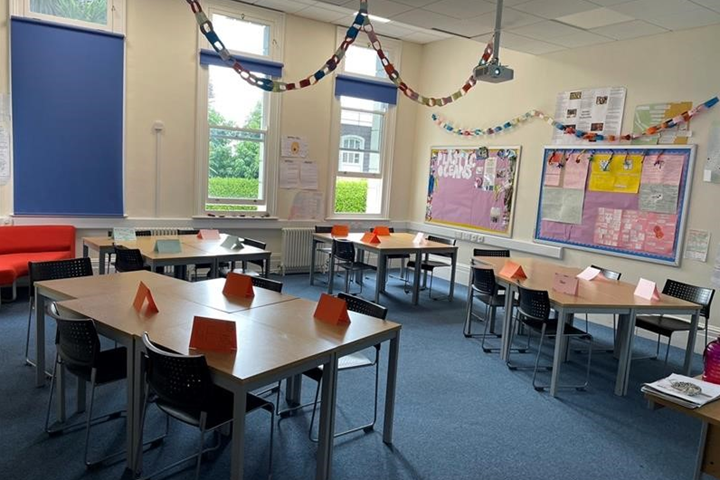Geoff Petty - Help! They forget faster than I can teach
Is there a way to improve the recall of your students? Absolutely, says Geoff Petty. Geoff is the author of Teaching Today and Evidence Based Teaching, and has trained staff in more than 300 colleges and schools.

Do you ever get the feeling that teaching is like running a bath with the plug out? A colleague once told me: “While I’m teaching them Edward II, they’re forgetting about Edward I.” Well, there is a solution and it has been known for centuries. It creates better learning in less time, but hardly anyone does it. I hope you can try it.
What is the strategy and how do we know it works? Suppose you were teaching the mathematical concept of ratios, as in: “The ratio of flour to butter in my shortbread recipe is 3:2.” You have to teach this topic to two maths groups of near identical ability. You teach the two groups in two different ways, taking two hours with each.
Group 1, Massed practice: you teach ratios in a single two-hour class.
Group 2, Spaced practice: you teach ratios for half an hour in four separate lessons. The rest of the time in those lessons you teach some other topic.
Otherwise, your teaching to the two groups is pretty much identical. Which group would do best? Most teachers – and most students – believe that the massed practice group will learn best; it’s less confusing to do it all in one go, they say. But in trials, spaced practice wins hands down.
There have been many experiments on spaced practice and a summary of the findings can be found in Hattie (2009), page 185. On average, the spaced practice class does more than a grade better. Suppose the students in both classes took the same test on ratios after completing their study, and papers were graded as A, B, C, D etc as in GCSE or A-level exams.
A student in the massed practice class who gets a C would have got at least a B had they been in the spaced practice class. Given the strength of these findings it is surprising that so little attention is paid to how the teaching of a topic is distributed.
Students are less likely to forget if teaching is ‘spaced’ or ‘distributed’, but there is also a better chance that the learning is deeper. It works for any topic or type of learning. In one experiment students were taught to identify different painters and their characteristics.
One group had massed practice, studying one painter at a time, the other had spaced practice learning about each painter many times, on different days. Then students were shown paintings they had not seen before. The spaced practice group was much better at identifying who had painted which picture.
Why does spaced practice work so well? Partly it is because the brain has a brilliant system to ensure it is not overloaded with useless memories. It works perfectly and it’s called forgetting. Forgetting is the brain’s default option: teach something today and most of it will be forgotten tomorrow. But if the brain comes across the same material again on another day, it forgets it again, but more slowly. After about six separate encounters the material is forgotten very slowly indeed, and in effect, is in the ‘long-term memory’.

The time it takes to recall or reuse older learning can be very short indeed, and still be effective. Relearning is a very efficient process.
How can we make use of this well-known and well-tested strategy?
- We can devise our schemes of work to teach topics in sections spaced by days or months, rather than all at once. (Search for Bruner’s ‘spiral curriculum’)
- We can set activities that require recall of prior learning. One of my favourites is to compare the similarities and differences of concepts taught today, and much earlier. “What are the similarities and differences between the reigns of Henry I and Henry II?
- We can use repeated homework to perfect recall of key points from material taught earlier, see above
- Don’t be afraid to set assignments long after you taught the topic
- Contrary to popular opinion delaying feedback on work is better than immediate feedback if the student really studies their work and your feedback
- Go through worksheets used for homework and put a last question on each from an earlier topic
Study, cover, recall, check... and repeat
Spaced practice of recall is a great revision strategy, but don’t overuse it. Most students think revision means reading up your notes just before the exam. They don’t think to space this work or to check their recall, though this saves them considerable time and effort. Here is a better way… Simply identify the key facts and simple skills your students must know for a topic. Make clear what this material is, for example on a summarising handout.
Then tell students to: Study: look at these materials and read their notes/books, endeavouring to understand it. Cover: close the book or cover the handout, then after a cup of tea…. Recall: write down everything they can remember about this material, then… Check: Look at what they recalled and compare it to the book or handout. What did they get right, what did they forget or get wrong?
Repeat: on another day until the learning is sound. Set this work as homework, which you don’t even need to mark – just give a three minute test or quiz on the material at the beginning of the next class. Make sure you warn students of this in advance. ‘Study, cover, recall, check and repeat’ improves recall of vital material. If this is done with spaces between the practice sessions, learning is maximised and learning time and effort minimised. Also, you and your students are saved from the boredom of massed revision.
References
- This article draws on chapter 23 ‘Learning for Remembering’ in the new 5th edition of Teaching Today
- Hattie, J. (2009) Visible Learning: A Synthesis of Over 800 Meta-Analyses Relating to Achievement, London: Routledge.
- Petty, G (2009) Evidence Based Teaching,Cheltenham: Nelson Thornes
- Petty, G (2014) Teaching Today 5th Edition, Cheltenham: OUP





